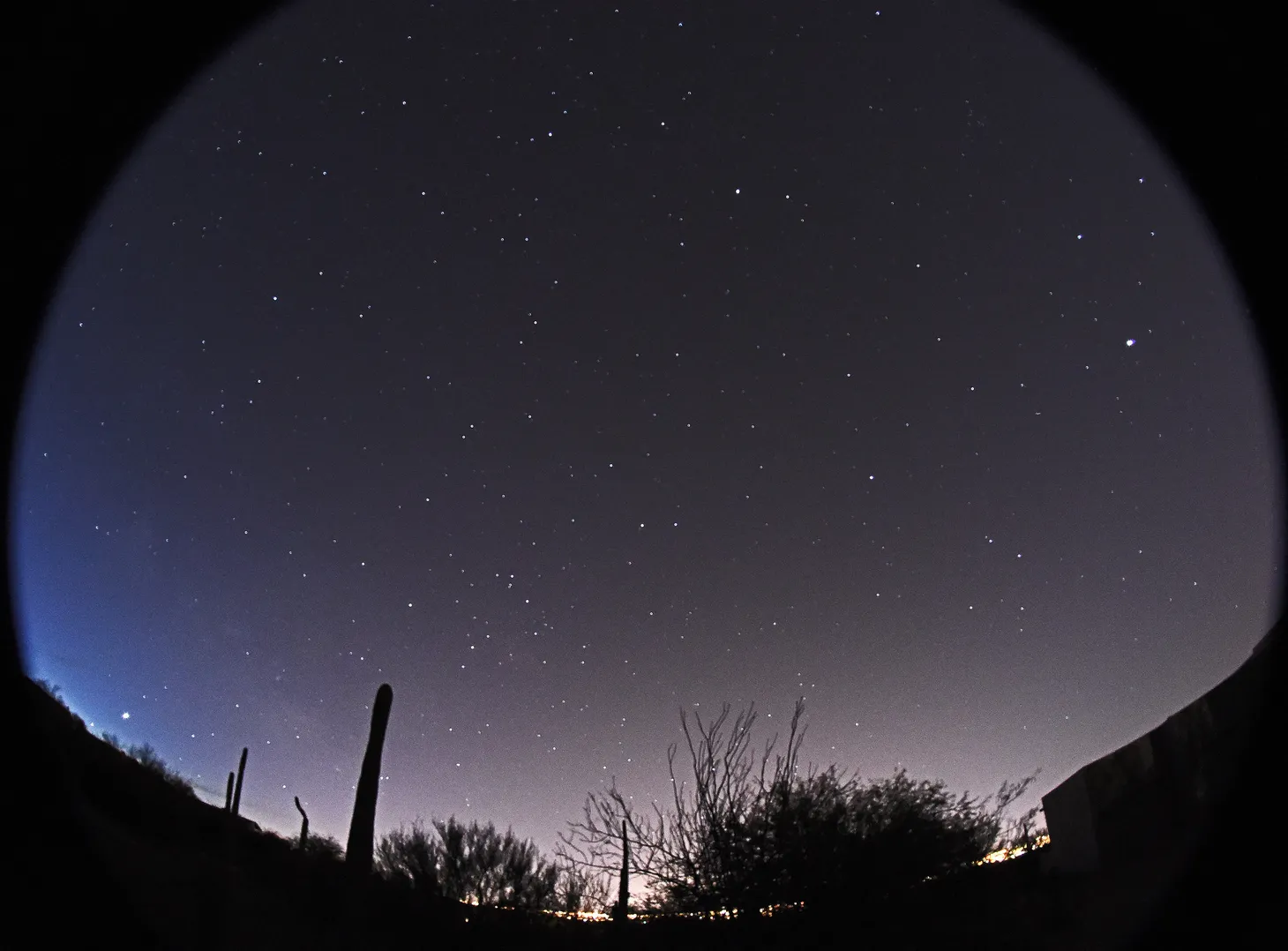Being Hungry for the Human
Noticing and appreciating efforts – is known by social scientists as the "effort heuristic." The quality or worth of an object is determined from the perceived amount of effort that went into producing that object. And we humans love the feeling that someone, somewhere, was making an effort.
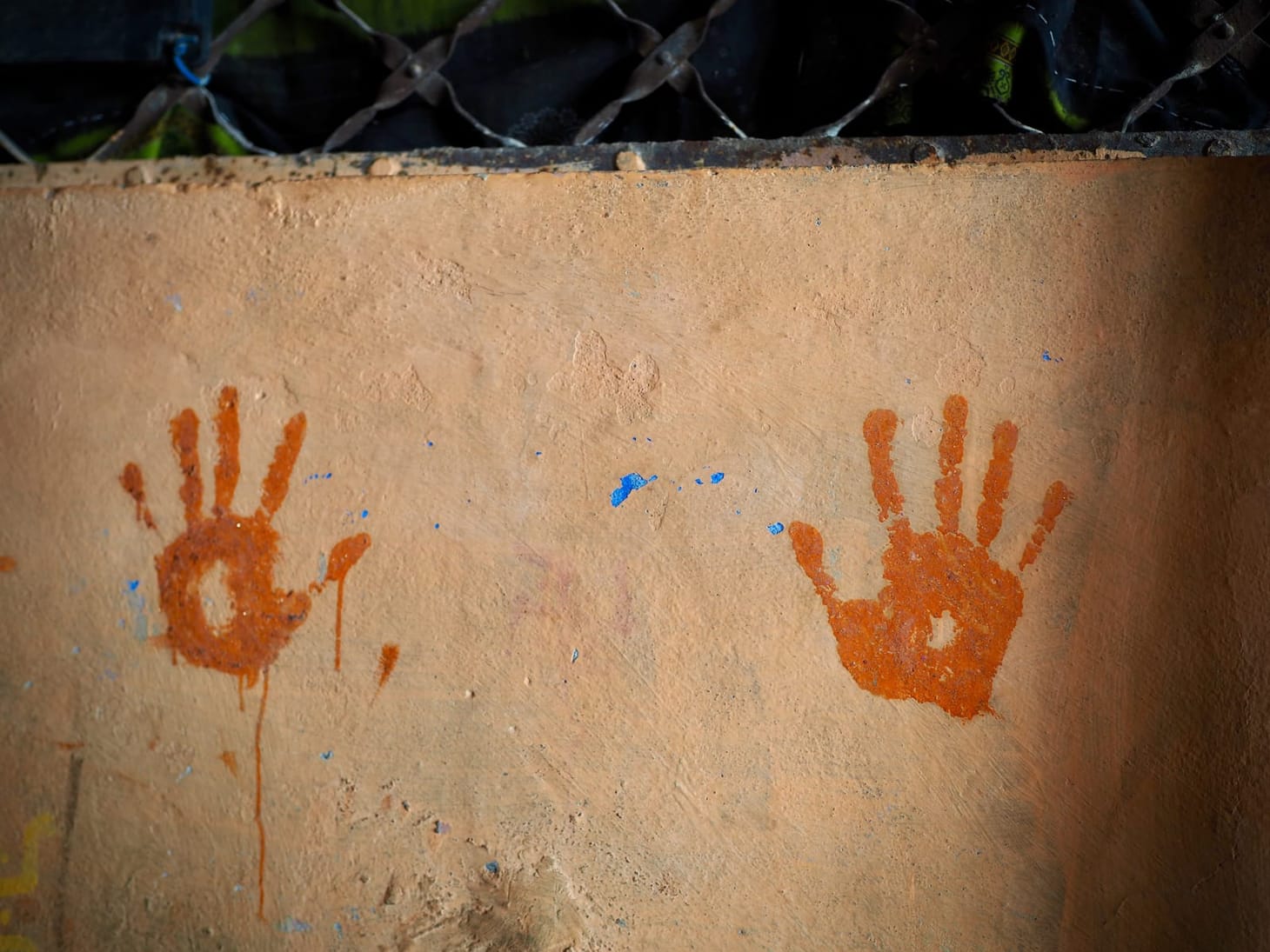
Hello Good Lookers,
It's Menka here, with another Noticing from Just Looking– a monthly-ish email about slowing down and staying curious to this wild thing we call life. Today we're taking a look at the value of imperfect, messy, human processes in a world of AI wizadry.
Welcome to all the new readers who discovered this project through the excellent Andy Adams of FlakPhoto! 👋🏼 Thanks for joining us.
And to everyone else, I think you'll enjoy this thoughtful conversation I had with Andy and Sophie Howarth about mindful photography, playfulness and attention. Let me know your thoughts.
Appreciating Human Efforts
My new book Your Best Digital Life is now sitting on actual shelves in actual bookshops – Barnes & Noble in New York, Foyles in London – which is very exciting for someone who loves books. I've also developed a mild obsession with what people are saying about it, paying close attention to each social media post and review. But there's something deeper going on than author vanity (though I'm sure that's part of it). What moves me isn't just positive feedback – it's the warm presence of someone behind the words. The proof that another human being took time from their finite existence to engage with mine.
Which is what made this recent discovery so jarring... A newspaper published a "Recommended Reading" list where more than half the books turned out to be AI fabrications. Real books mixed with fictional ones – titles that sound plausible but don't exist, by authors who never lived, all recommended with the same confident authority. When real authors are struggling to get attention, there are made-up ones in a printed paper! The list was even syndicated to other papers, rippling out the nonsense.

The person who compiled this was no doubt working under pressure, juggling things, dealing with technological overwhelm like the rest of us. I'm not interested in vilifying them. What worries me is this: if they'd been slightly more careful and added "use real book titles only" to their AI prompt, we'd be none the wiser. And with every month that passes, AI-generated content gets harder to spot.
I was intrigued by one of the titles on the list, a new book by the author Andy Weir called The Last Algorithm. So I googled it and found these covers...
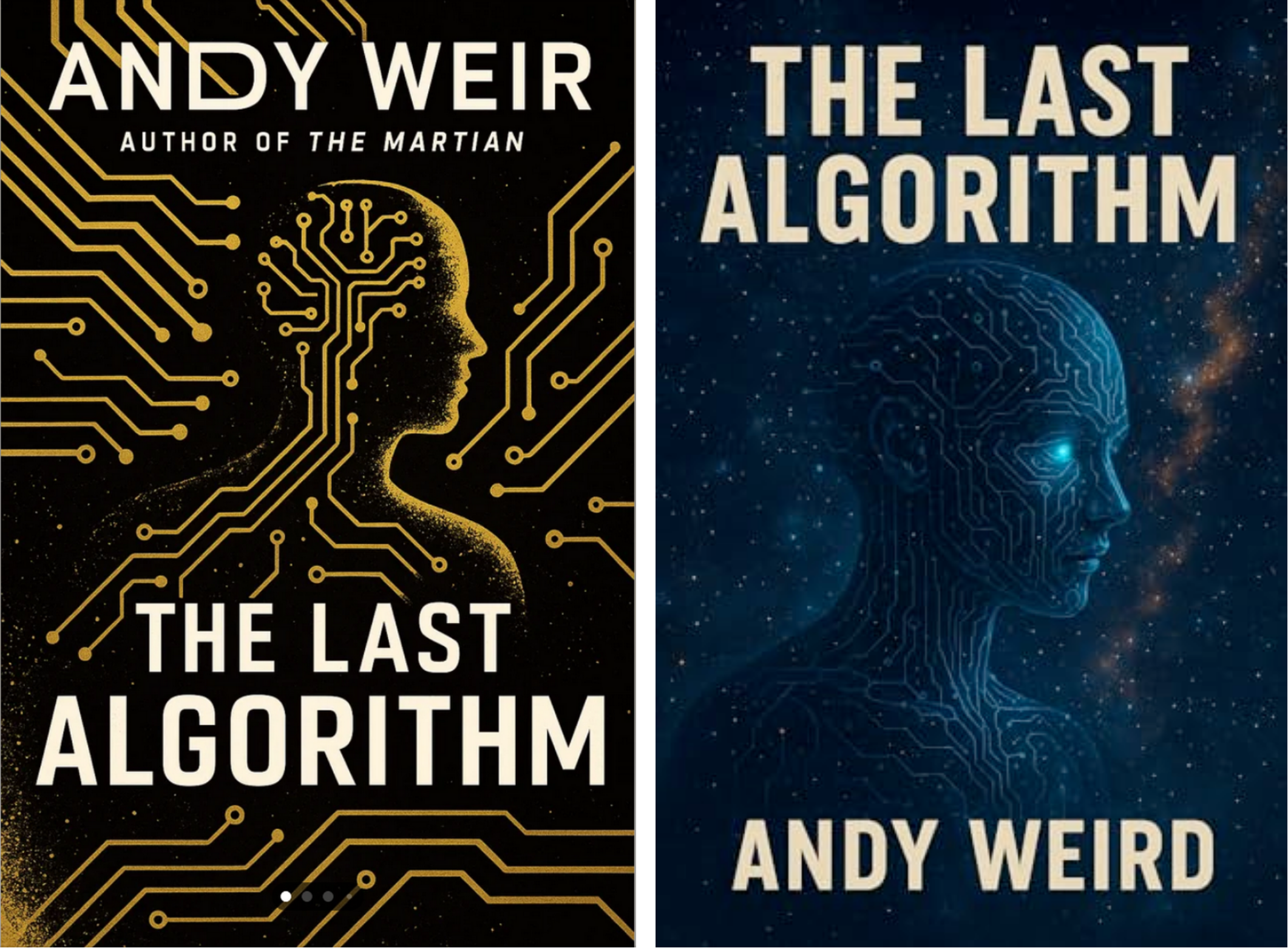
Book cover on the right: this is a scam. What you see is the cover for an actual book you can buy on Amazon as a paperback, 521 pages long, presumably entirely penned by AI. (Note the author name has now been changed to "Weird" so now it's not technically fraud anymore).
The author John-Paul Flintoff describes this phenomenon as "digital flytipping". He posted this on LinkedIn but the analogy extends to all digital neighbourhoods.
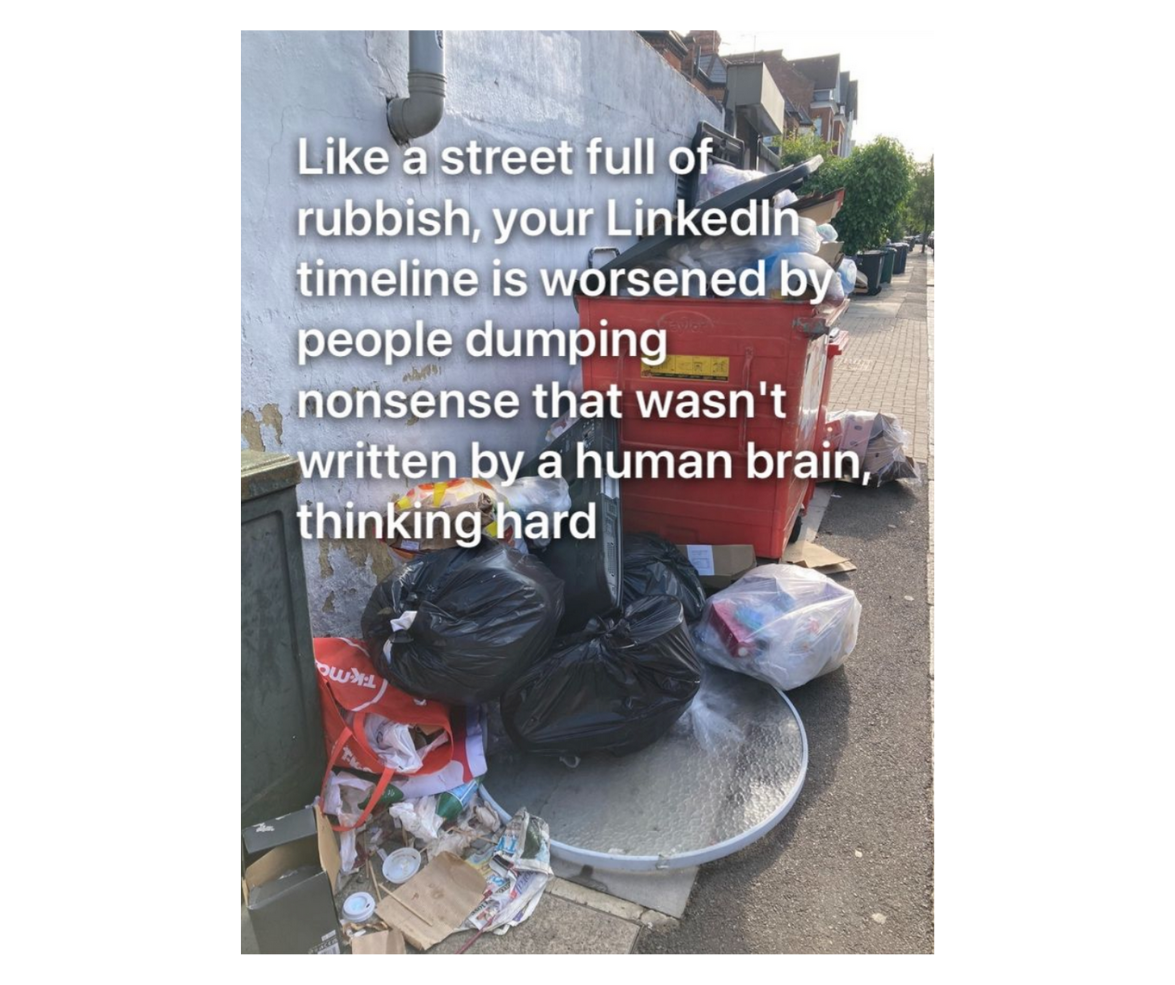
His post made me laugh but also reminded me of an insight that really resonates. A lot of AI content is indeed rubbish, but a lot is amazing quality, and seriously helpful. But what we're not feeling is the human-being-and-thinking hard that goes into things. I've been contemplating this a lot over the past years, not just in the context of writing, but photography and the rest. And the conclusion I've come to about why being on the recieving end of AI content feels flat and even disrespectful at times, is that we are missing the human effort.
Even in this world focused on the end-product, we still do value human process. We're as curious about how people arrived at a certain insight as much as we are about the insight itself. We love reading the backstory. Ask any museum or gallery curator how important the little labels are.

This whole thing – noticing and appreciating efforts – is known by social scientists as the "effort heuristic." The quality or worth of an object is determined from the perceived amount of effort that went into producing that object. And we humans love the feeling that someone, somewhere, was making an effort.
Consider this experiment about how we value effort. Researchers had people read a poem called 'Order' by contemporary poet Michael Van Walleghen. Half the participants were told it took the poet 4 hours to write, while the other half were told it took 18 hours. Same poem, same words - except the perceived effort behind it. Those who thought it took 18 hours rated it as significantly higher quality and gave it a much higher monetary value than those who thought it took only 4 hours.
Our feelings about human efforts can backfire. There's an old parable about a man napping in his anchored boat when suddenly—crash—another vessel slams into him. His first reaction is fury: how inconsiderate! But when he looks up and sees the other boat is empty, just drifting on its own, no ill-will at play, his anger dissolves into laughter. Same impact, entirely different emotional response.
This is our AI future in miniature. When we know we're reading machine-generated content, something essential switches off inside us. Not happy, not sad, not angry—just nothing. And as Kai Brach writes in his newsletter Dense Discovery, what matters is feeling something:
"You can feel deeply alive in the midst of sadness, annoyance or uncertainty – what matters is whether you’re fully inhabiting your experience rather than numbing your way through it."

The stakes here aren't just about valuing human creativity. Right now we're living through what many call the first "live-streamed genocide," and despite our collective inadequacy in response, millions are being moved to tears, rage, and action by what they're witnessing. But what happens next time when our first instinct is to dismiss horrific footage as "probably AI"? When atrocity becomes indistinguishable from algorithm?
So what can we do about this rapid increase in synthetic content? I don't have a comprehensive solution to this immense challenge, but I do have a small suggestion. Look for whatever signs of the human you can find. Don't let yourself become surrounded by bots alone. It might be more efficient, certainly more flattering to your intelligence, but it slowly kills something in us that we can't afford to lose. Our aliveness depends on staying connected to the imperfect effort of other human minds trying to make sense of this strange world.
Austin Kleon referred to the same idea recently in a podcast. They were doing the usual "chit chat about AI" and speaking about the value of art, when he claimed that this is an audience problem. "Where is the audience that is hungry for the human?". Let's be that audience, hungry for the human. You and me, we can be that audience.
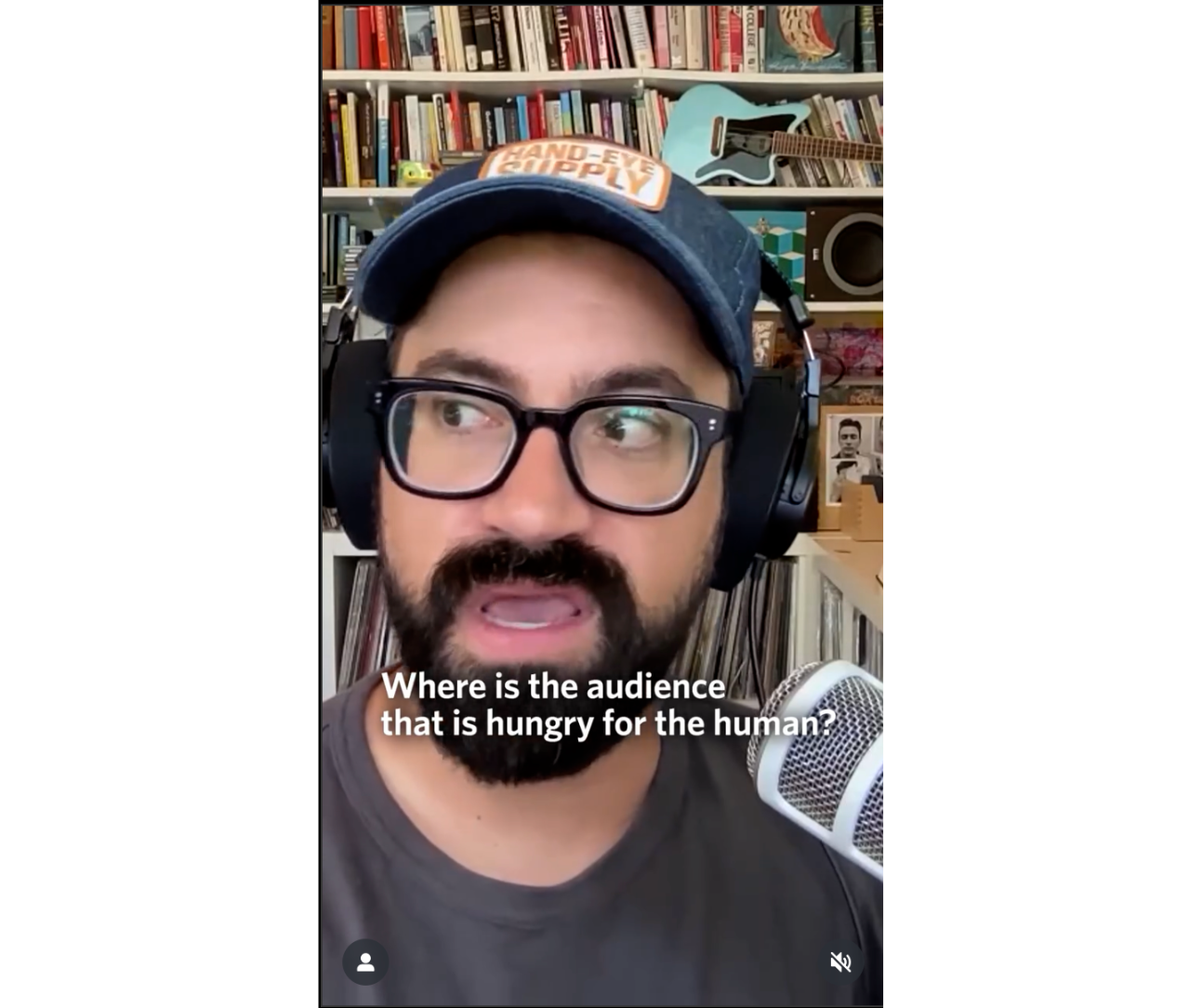
I'm optimistic because so many of us still enjoy watching human beings play sport. AIs became better at playing chess than humans back in 1997! But we still prefer to watch humans because they are bound by the same rules as we are, subject to the same human condition. It's the same with all human endeavours, deep inside we prefer to witness the creations of our fellow human beings. Even if it's using AI, it's the human that we love for the way they worked with the tech.
I'll close with this backstory about the "Love the questions" mantra. Adam Mastroianni writes that he used to think the phrase came from the same pablum factory that produced “Live, laugh, love”! Then he learned that it actually comes from a letter that the poet Rainer Maria Rilke wrote to a young person named Franz Xavier Kappus, who was trying to decide whether to become a writer or a soldier in the Austro-Hungarian army.
"Here’s my point. Some people think that writing is merely the process of picking the right words and putting them in the right order, like stringing beads onto a necklace. But the power of those words, if there is any, doesn’t live inside the words themselves. On its own, “Love the questions” is nearly meaningless. Those words only come alive when they’re embedded in this rambling letter from a famous poet to a scared kid, a kid who is choosing between a life where he writes poems and a life where he shoots a machine gun at Bosnian rebels. The beauty ain’t in the necklace. It’s in the neck. Maybe that’s my problem with AI-generated prose: it’s all necklace, no neck."
To me, AI-generated images can be beautiful, and meaningful, but so much more so when I can see the human behind it, and to know their motives, to understand what their truth is... to see the neck, not just the necklace.

Community News
📹 ONLINE WORKSHOP on attention – 1 July / 5 Oct
I've teamed up with the brilliant artist and author Sophie Howarth to teach a workshop on attention. We'll be diving into practical guidance for people who may be struggling with the whiplash of being online these days. That's not to say that we should be ignoring the horror and heartbreak in the news, but that we need to take better care of our attention so that we can continue to be more aware, awake and alive to it all. Find out more and book your place here, and I also explain in a reel here why this subject matters to me so much right now.
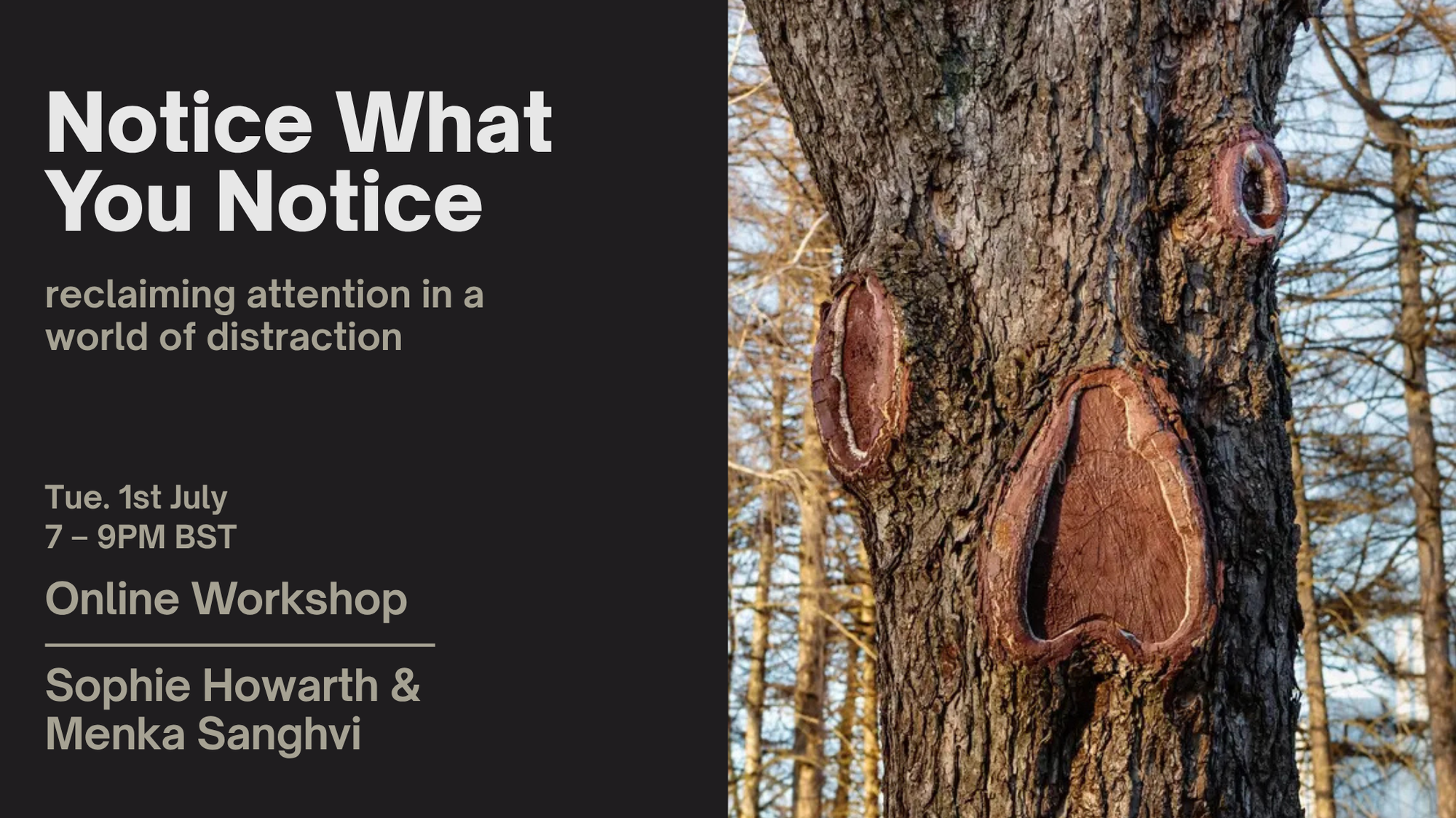
📷 IN-PERSON: Mindful photowalk in London – Sat 28 June
Cities can be quite grey places, but that also makes colours pop more. It makes for such an easy and simple way to stay connected to our senses. If you would like to join me in a mindful photowalk focusing on colours, come along on the 28 June. Sign up here. If you're an advance planner, here's the calendar for the next walks.
✨️ CALL OUT FOR PHOTOS: send us your quirky architectural details
Good Looker Ana Grigorivici sent me this photo: "I was using the "Look up" card the other day and found that I almost missed this crazy corner in Holborn."

I wonder, what other quirky architectural details could we be appreciating in our cities? Here's the ask: share something you've spotted in your city using this form here. You can upload in high resolution <10MB. We'll turn this into a video and, as always, everyone will be credited and thanked properly for their contribution!
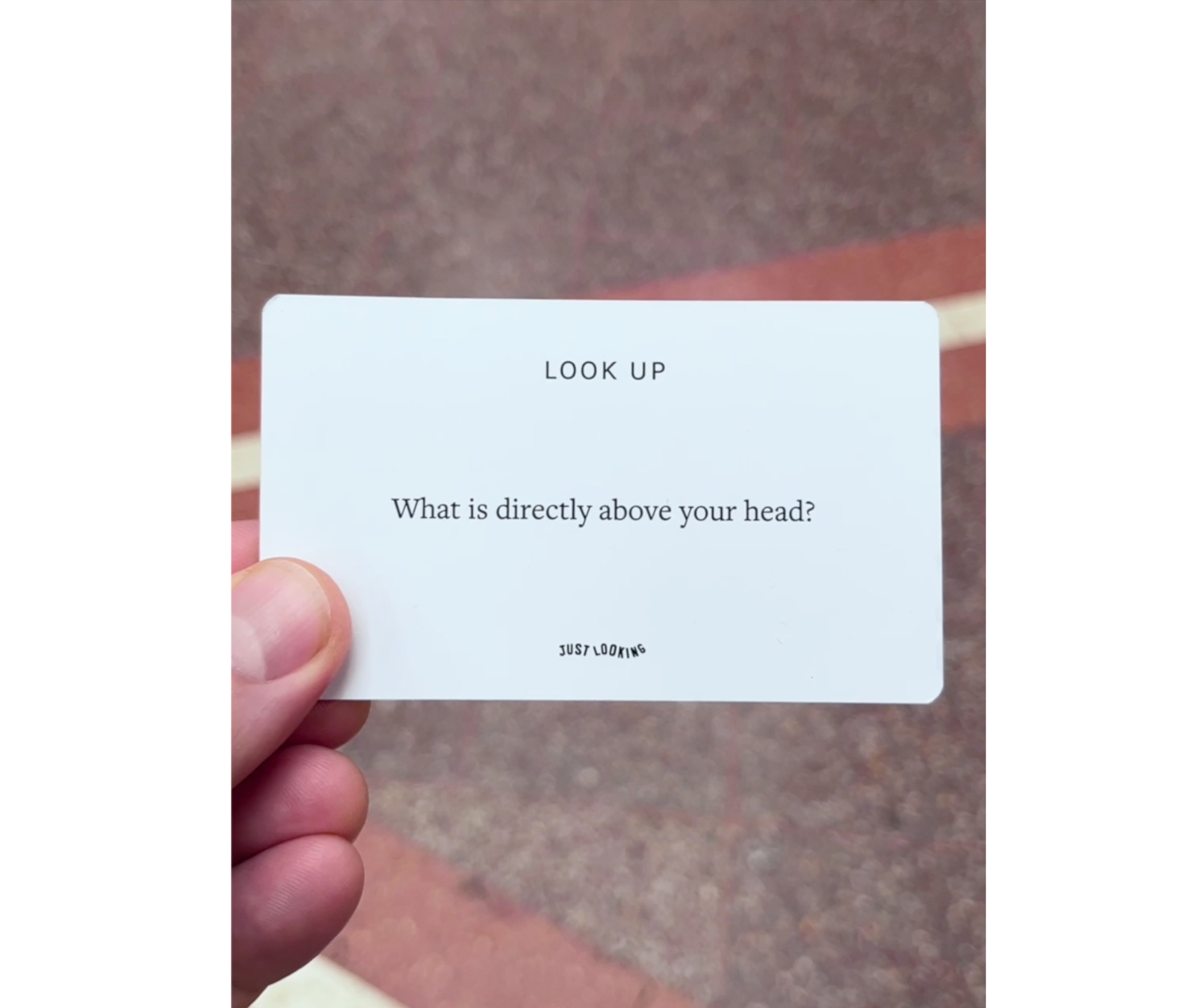
👀 Five Links for your Looking
How Animals Understand Death
Fascinating article about death awareness. There's an animal sanctuary I visit often in which I learnt about the death rituals that can be observed in natural herds of cows, and it completely changed how I see them. The divide between us humans and animals is so much blurrier than we might think.
Japanese Museum of Rocks That Look Like Faces
Given my ongoing obsession about face paredolia, it's always comforting to know that one is not alone.
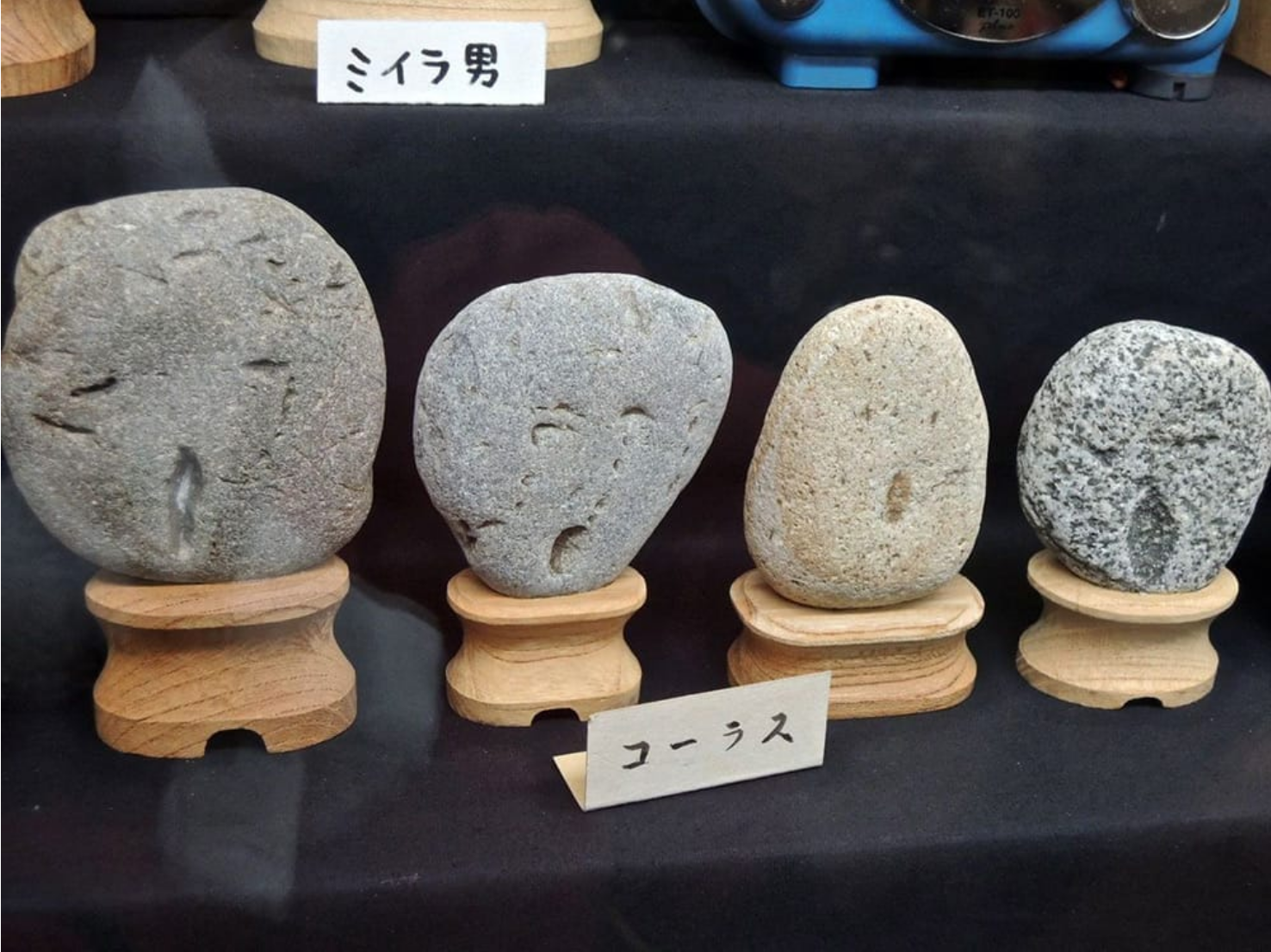
Photographer Spends Five Years Walking the Coast of Britain
Walking, looking and connecting - this is what it's all about isn't it? (And the fact that the photographer spent five years efforting in this project, immediately makes that rainbow look more beautiful, doesn't it?)
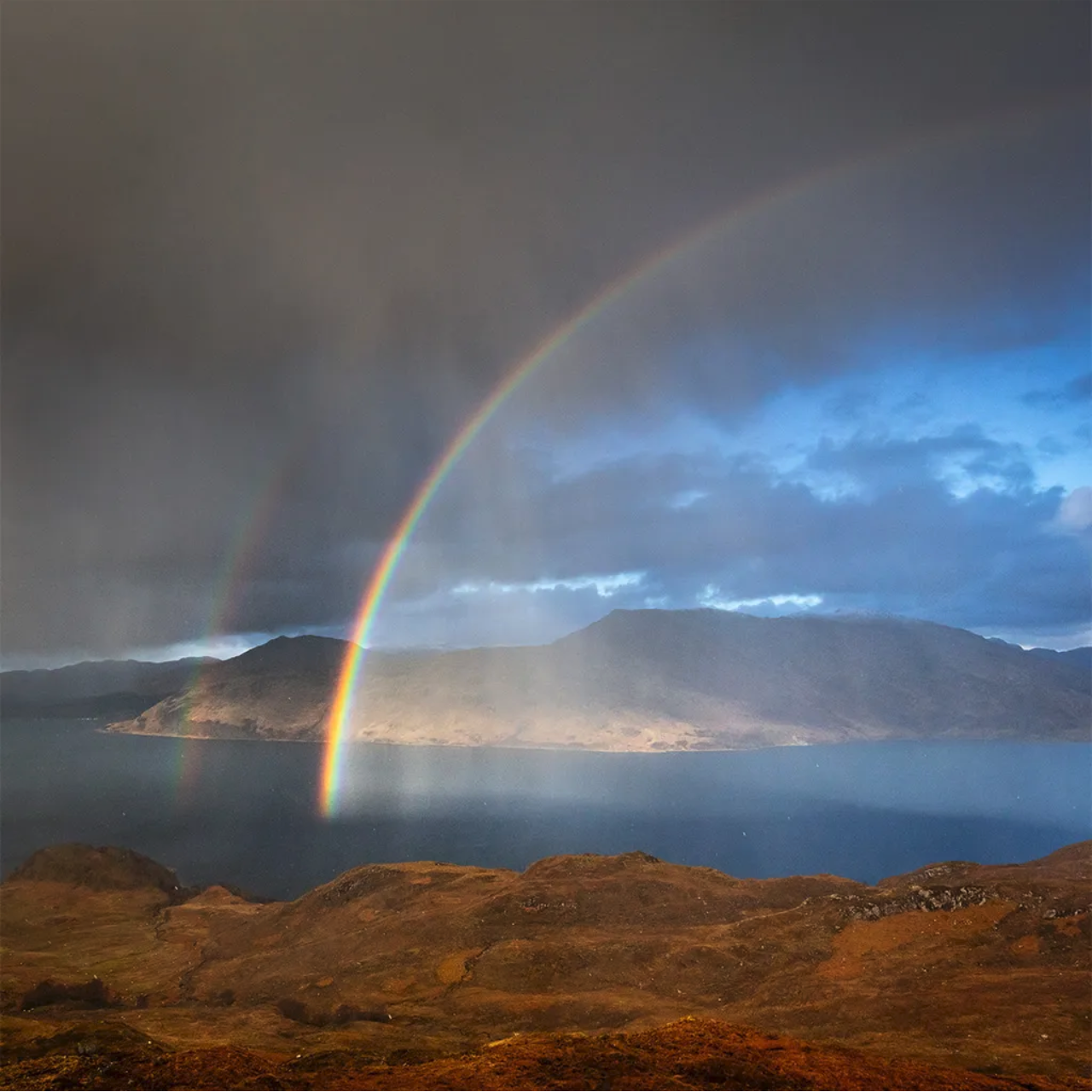
Using AI to Give a Voice to a 200-Year Old Tree
If a tree could talk, what would it say? And what would YOU say to it?
Is a River Alive? New Book by Robert MacFarlane
The same question for a river.
Thank you for reading, and being the audience that is hungry for the human! It's always a treat to hear from you, so please feel free to hit reply.
Yours in curiosity,
Menka
ps. If you have young kids like me, I've just read this book Walter Not-A-Wizard and it's basically this whole newsletter about AI and human effort in an short early-reader book. 🤯 Highly recommend it.
Instagram | LinkedIn | Bluesky
→ Tell someone about Noticing.
→ Buy something in our shop.
→ Join the Friends of Just Looking!

Noticing – Our Newsletter
Join our newsletter community for monthly inspiration to slow down and stay curious about everyday life and what matters most to you.


